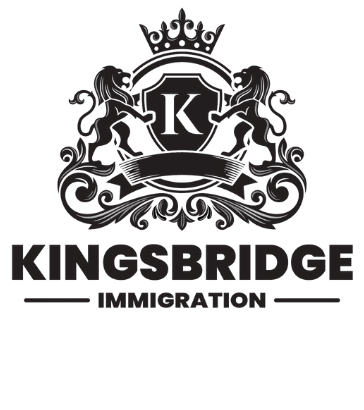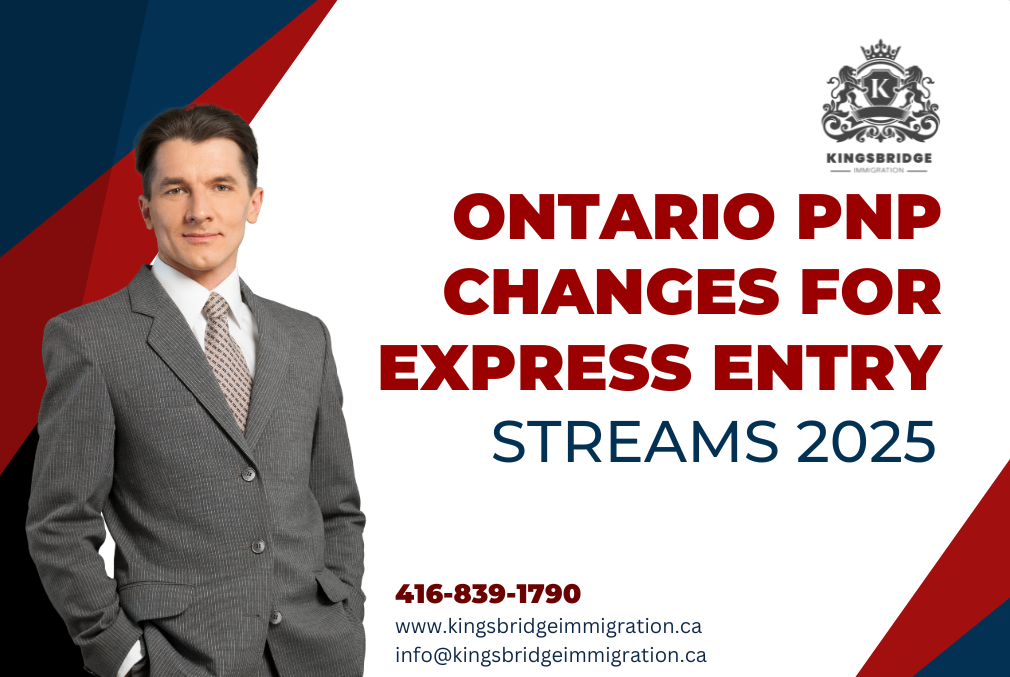
Alberta’s rural communities offer many untapped opportunities for entrepreneurs looking to start or buy a business. The Alberta Rural Entrepreneur Stream is a unique immigration program designed to attract skilled business owners to these areas, providing them with a pathway to Canadian permanent residency. But what makes starting your business in rural Alberta so appealing? Let’s dive into the key benefits.
1. Supportive Local Communities
One of the standout benefits of rural Alberta is the community support available to entrepreneurs. The Alberta Rural Entrepreneur Stream requires applicants to gain community endorsement, meaning local municipalities and organizations are directly involved in the immigration process. This endorsement signifies the community’s eagerness to see new businesses thrive and their willingness to provide the necessary resources and assistance. Whether it’s local funding programs, advice, or simply a welcoming environment, rural Alberta offers strong support to newcomers.
2. Access to Affordable Resources
Starting a business can be expensive, but rural Alberta offers a more affordable environment compared to major metropolitan areas. From lower real estate costs to competitive salaries, rural Alberta provides entrepreneurs with the ability to keep their overhead costs low while maximizing the potential for profitability. With reduced operating expenses, your business is in a better position to succeed from the start.
3. High Quality of Life
Alberta’s rural areas boast high standards of living, with plenty of space, clean air, and a friendly, close-knit community. Entrepreneurs relocating to rural areas of Alberta can enjoy a peaceful lifestyle while building their business. Whether it’s enjoying the outdoors or becoming part of a local social scene, rural Alberta offers a balance of work and play that’s hard to match in big cities.
4. Close Connections with Local Industries
Rural Alberta is home to a number of industries such as agriculture, tourism, and natural resources, making it an ideal location for business owners to tap into. Whether you’re in retail, agriculture, technology, or services, there are vast opportunities to connect with other local businesses and collaborate. Rural Alberta communities are keen to support entrepreneurial ventures that can complement and enhance existing industries.
5. Growing Economic Opportunities
Though rural areas may be small in population, they are rich in potential for growth. Many of Alberta’s smaller communities are looking to diversify their economies and attract new industries, particularly those driven by innovation and entrepreneurship. By starting a business in rural Alberta, you’re positioning yourself to be at the forefront of an economic shift that promises exciting opportunities for growth.
6. Pathway to Permanent Residency
Of course, the Alberta Rural Entrepreneur Stream offers more than just business opportunities—it also provides a pathway to Canadian permanent residency. Once accepted into the program, entrepreneurs can apply for permanent residency in Canada for themselves and their families. This means that alongside running a successful business, you’re also securing a long-term future in one of the most desirable countries to live in.
7. A Personal and Professional Network
Starting your business in a rural area allows you to become a key member of a smaller, more intimate business network. This environment fosters personal relationships that can be incredibly valuable to your business success. As a newcomer, you’ll have the opportunity to build close relationships with local customers, suppliers, and other business owners, which can open doors to collaboration, new ideas, and support as you grow your business.
Is the Alberta Rural Entrepreneur Stream Right for You?
The Alberta Rural Entrepreneur Stream is an excellent opportunity for entrepreneurs who want to build a successful business while enjoying the charm and advantages of rural living. With lower costs, stronger community ties, and a growing support system, Alberta’s rural regions offer the perfect setting for those who want to create something new and impactful. If you have the drive to succeed, Alberta’s rural communities are waiting to welcome you. Take the first step towards your future today!









